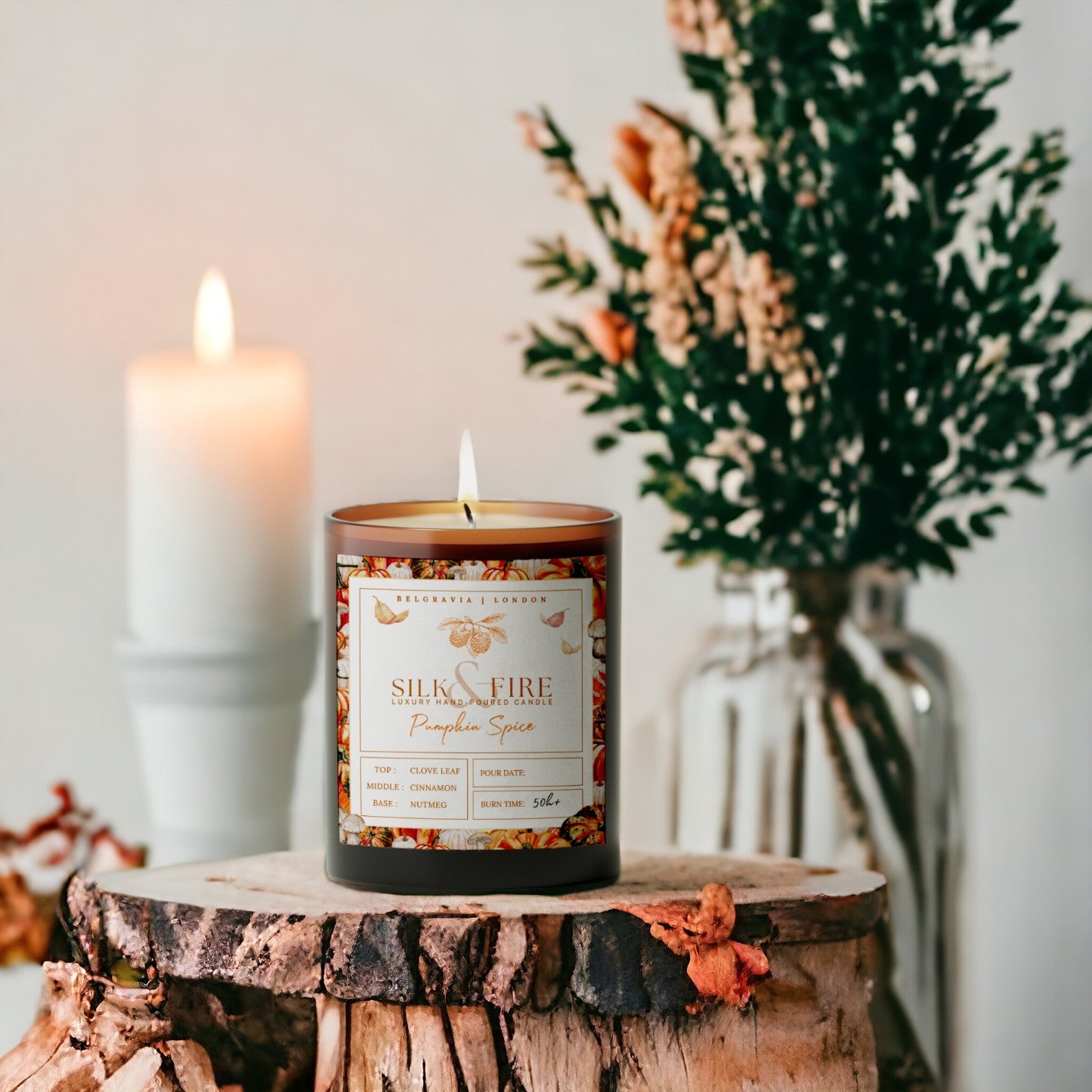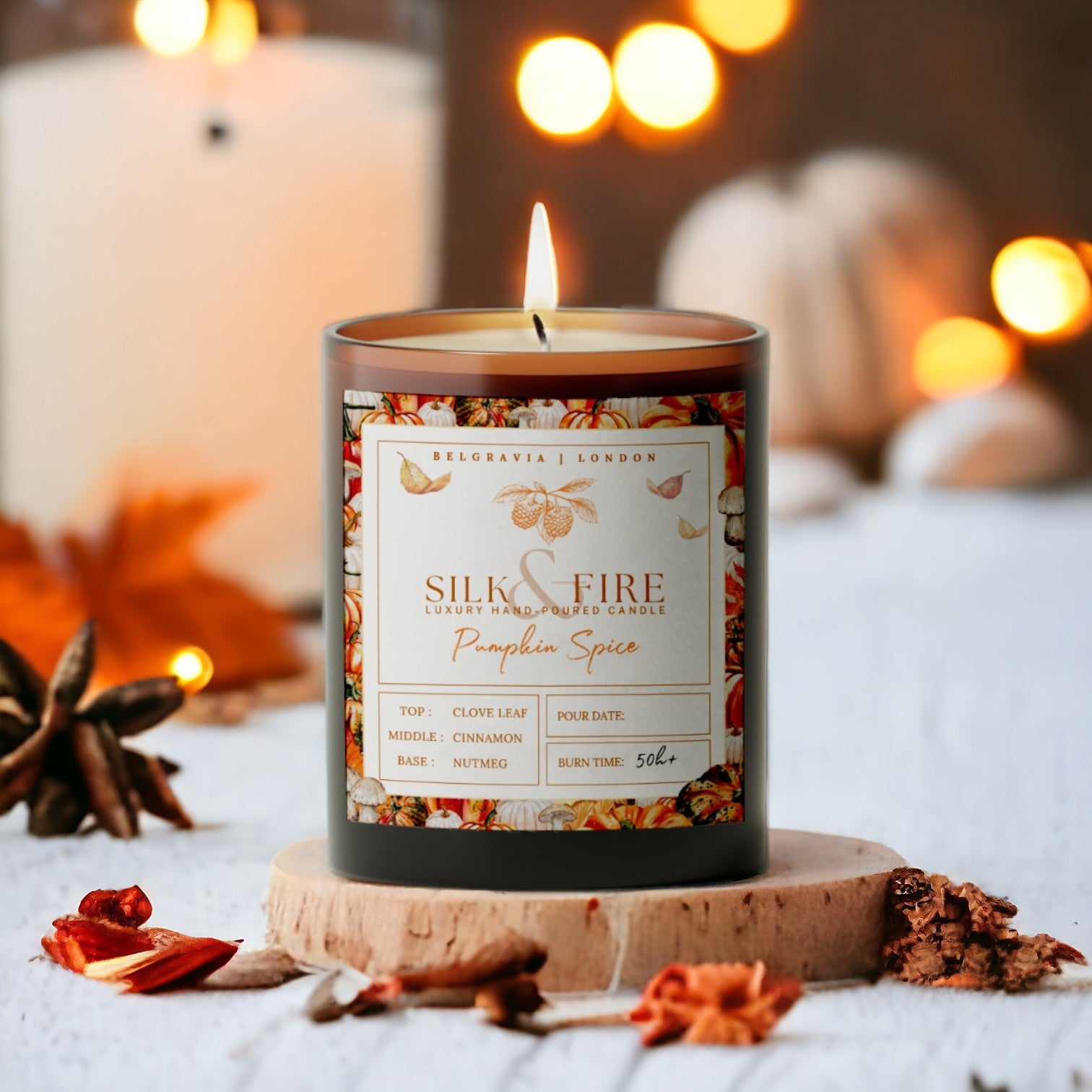
The Art of Candle Making: A Comprehensive Guide to Different Candle Wax Types
The Art of Candle Making: A Comprehensive Guide to Different Candle Wax Types
Candles have illuminated and enchanted our lives for millennia, transitioning from a mere source of light to a symbol of celebration, relaxation, and ambiance. In the ever-evolving craft of candle making, the choice of candle wax plays a pivotal role, defining not only the candle's burning quality but also its environmental impact and aesthetic appeal. In this comprehensive guide, we explore a variety of candle waxes, including the increasingly popular Rapeseed and Coconut (RCX) wax, and their unique contributions to the art of candle crafting.
Paraffin Wax: The Traditional Choice
Paraffin wax, derived from petroleum, is a long-standing favourite in the candle-making world. Renowned for its excellent scent-throw and versatility, it's ideal for a wide range of candles, from pillars to votives. However, being a by-product of fossil fuels, paraffin wax raises environmental concerns, a significant consideration for eco-conscious crafters.
Soy Wax: The Eco-Friendly Alternative
Soy wax, extracted from soybean oil, stands out for its environmental sustainability. It's a biodegradable and renewable resource that burns cleaner and longer than paraffin wax, significantly reducing soot emissions. Best suited for container candles due to its softer composition, soy wax is less ideal for freestanding candle types.
Beeswax: The Natural Purifier
Beeswax, with its delightful natural aroma and golden hue, is a luxury in the realm of candle waxes. It's known for its slow, dripless burn and air-purifying properties. Despite its higher price point, beeswax remains a sought-after choice for those valuing its natural and aesthetic qualities.
Palm Wax: The Textured Wonder
Extracted from palm oil, palm wax offers a unique crystalline texture, making it visually appealing. Like soy wax, it's a cleaner-burning alternative to paraffin, but sourcing concerns due to environmental impacts of palm oil harvesting necessitate careful selection from sustainable sources.
Gel Wax: The Creative Medium
Gel wax, a mix of mineral oil and polymer resin, offers transparency and versatility for artistic candle designs. Its clear, jelly-like consistency is perfect for embedding objects or layering, though it requires a more experienced hand in candle making.
Rapeseed and Coconut (RCX) Wax: The Emerging Star
Rapeseed and Coconut wax, a relatively new entrant in the market, is quickly gaining popularity among candle enthusiasts. This blend combines rapeseed wax, known for its low carbon footprint and excellent burning qualities, with coconut wax, celebrated for its superb scent throw and smooth texture. RCX wax offers a fantastic balance of eco-friendliness, performance, and aesthetic appeal, making it an excellent choice for both container and freestanding candles.
Blended Waxes: The Best of All Worlds
Blended waxes, like a mix of soy and paraffin or the innovative RCX wax, are tailored to deliver a balance of desirable qualities. They can offer the stability and scent throw of paraffin with the clean burn and environmental friendliness of natural waxes like soy or rapeseed.
Conclusion
The choice of candle wax is a fundamental aspect of candle making, influencing everything from the candle's burn quality to its environmental impact. Whether you opt for traditional paraffin, eco-friendly soy, luxurious beeswax, textured palm, innovative gel, or the versatile RCX wax, each brings its unique characteristics to your candle crafting journey. Understanding these different types of candle wax is crucial for both novice and expert candle makers aiming to create candles that are not just visually stunning but also high-performing and aligned with their environmental values. Let your creativity shine through your choice of candle wax and illuminate the world with your bespoke creations.












